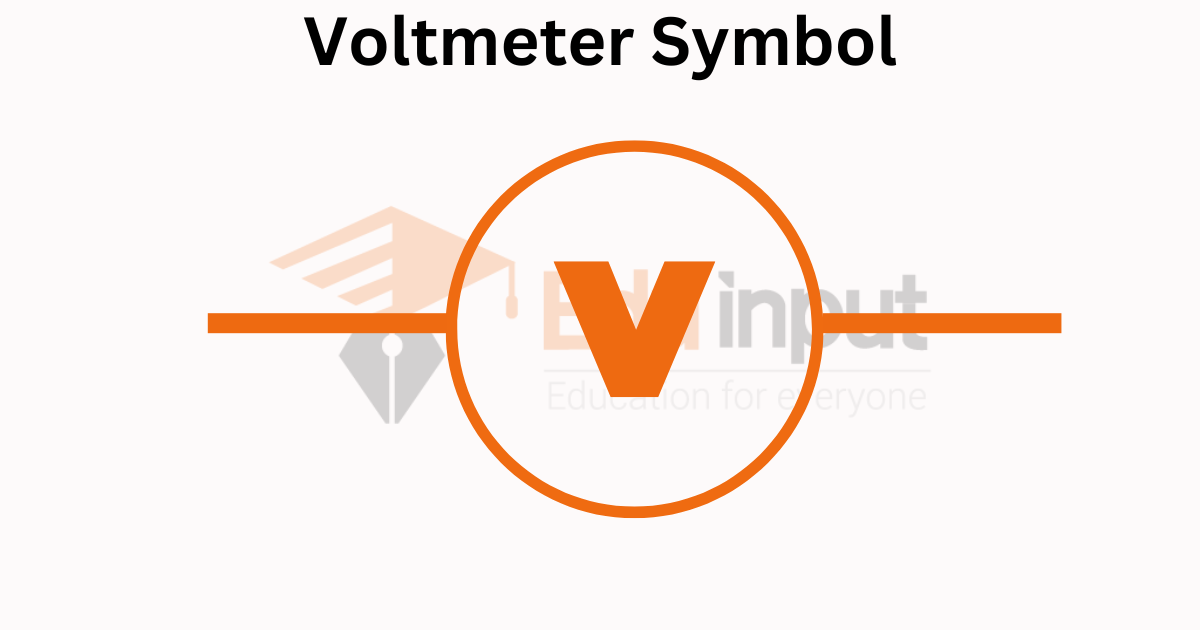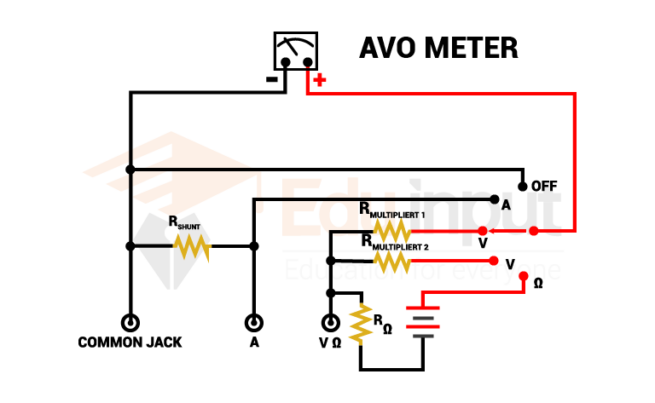DC Generator-Principle, Working, And Advantages
DC generator is an electrical device that converts mechanical energy into electrical energy and gives a direct current of its output.
DC Generator
When power is unavailable from the local grid, electrical generators are used to provide electricity. Generators provide backup power to businesses and homes during power failures. Generators do not create electrical energy, but they do convert mechanical or chemical energy into electrical energy. AC generators and DC generators are the two types of generators that are classified based on the output. We will be talking about DC generators in more detail in this article.

DC Generator Principle
The principle of an alternating current generator is based on Faraday’s law of electromagnetic induction. When a coil is rotated in a magnetic field, the magnetic flux through the coil changes, and an emf is induced in the coil.
DC Generator Construction
It consists of the following major parts:
Armature
A number of coils are wound around an iron cylinder which is rotated in the magnetic field.
Split Rings
The split rings are two halves of a ring that act as a Commutator.
Carbon Brushes
The spit rings slide against stationary carbon brushes connected with an external circuit.
DC Generator Working
According to Faraday’s law of electromagnetic induction, When a current-carrying conductor is placed in a magnetic field, an emf is generated in the conductor. Whenever the direction of motion of the conductor changes, the direction of the induced current changes as well. The conductor at the left is moving upwards while the armature at the right is rotating clockwise. The direction of the conductor’s motion will be reversed downward when the armature completes a half rotation. The direction of the current in every piece of equipment will be different. When a current reversal occurs with a split ring commutator, the connections of the armature conductors are reversed. At the terminals, we get a current that is unidirectional.
Advantages of a DC Generator
They can produce large amounts of power. The terminal load for these generators is high. The designs of generators are very easy to do. These are used to make sure the power is evenly distributed. They give a reliable output, which is very consistent with the efficiency ratings. They are both lights as well as compact.
Back Motor Effect in DC Generator
An effect produced by the forces acting on the coil placed in the magnetic field that opposes the rotational motion of the coil. Such an effect is called Back Motor Effect.”
The shaft of the turbine is attached to the coil of the generator which rotates in a magnetic field. The generator supplies current to the devices in the external circuit called the load.
The greater the load, the larger the current supplied by the generator. When a current is drawn from the coil, two equal but opposite forces act on the coil such that they produce an anti-clockwise torque in the coil which opposes the rotational motion of the coil. This effect is called the back motor effect. Now, more mechanical energy is required to keep the coil rotating with a constant angular speed. It is according to the law of conservation of energy i.e energy consumed by the “load” must come from the energy source to run the turbine.
Applications of DC Generators
Applications of DC generators are as follows:
The separately excited type DC generator can be used for power and lighting purposes. The series DC generator is used in lamps for stable current generator, lighting, and booster. The power is supplied to hostels, offices, and lodges by level compound DC generators. DC welding machines use compound DC generators to power their machines. It is used to make up for the drop in the voltage in the feeders.







Leave a Reply